Demand generation plays a crucial role in the competitive world of eCommerce.
As an online store owner, a large part of your success hinges on brand awareness. By implementing effective demand generation strategies, you can successfully boost your eCommerce business and enjoy long-term growth.
Whether you’re trying to introduce customers to your shiny new product or break into a new market segment, demand generation will pave the way.
This guide is a comprehensive introduction to demand generation and how you can apply it across various channels.
The Key Elements of Demand Generation Marketing
Audience Research and Segmentation
Understanding your target audience is crucial for demand generation marketing. You need to research and identify their needs, preferences, and pain points.
This will help you create personalized content and tailor your marketing strategies to attract qualified leads. Segment your audience into smaller groups based on demographics, behavior, or interests to deliver more relevant messaging.
By focusing on specific segments, you can build trust and brand awareness, eventually shortening the sales cycle.
Some ways to go about this include:
Customer Surveys and Feedback:
Conducting surveys and collecting feedback from your customers can provide direct insights into their needs and preferences.
Google Analytics Integration:
Integrating Google Analytics with your store can provide a deeper understanding of your audience’s demographics and behavior.
Social Media Insights:
Utilize the analytics provided by social media platforms to understand the interests and behaviors of your audience, especially those who interact with your brand online.
Market Research Platforms:
Platforms like SurveyMonkey or Qualtrics can be used to conduct market research to understand your target audience better.
Third-party Analytics Tools:
Tools like SEMrush or Hotjar can provide additional data and insights into your audience’s behavior and preferences.
Email Marketing Platforms:
Platforms like Mailchimp or Klaviyo offer segmentation features that allow you to divide your email list into distinct groups based on various criteria.
Online Communities and Forums:
Engaging with potential customers on relevant online communities and forums can provide insights into their needs and preferences, helping in better audience segmentation.
Creating Compelling Content for eCommerce
Content is the foundation of your demand-generation marketing strategy. Create engaging and informative content that addresses the needs of your audience and showcases your brand’s unique value proposition.
Use various formats like blog posts, videos, infographics, and more to provide variety and keep your content fresh.
High-quality, relevant content drives traffic and establishes your brand as an authority in the industry.
One potent form of content that can significantly drive demand in eCommerce is leveraging customer reviews and video testimonials.
Each testimonial could highlight different use cases, showcasing the versatility and value of your offerings.
Accompanying these videos could be a blog post elaborating on the problems your products solve, with direct quotes from the featured testimonials.
To further amplify your content strategy, consider integrating video translation. By offering translated versions of your video testimonials and accompanying blog posts, you can effectively reach a global audience, overcoming language barriers and expanding your brand’s influence.
Leveraging Social Media and Influencers
Social media platforms like Facebook, TikTok, and LinkedIn offer excellent opportunities to expand your brand’s visibility through demand-generation marketing.
Share valuable content, engage with your audience, and collaborate with influencers who can endorse your brand to their followers.
Influencer partnerships increase credibility on these platforms and help you reach a larger audience, which may lead to higher conversion rates and brand awareness.
A crucial point in partnering with influencers is that influencers can generate demand simply by using your product. Research shows, however, that brand congruence matters a lot.
In other words, you need to find the right influencers in your space to partner with. Otherwise, the influencer’s audience won’t care about your product.
Demand Generation Example in The Beauty Industry
As an agency, we often engage with beauty and skincare brands, where demand generation through social media channels is exceptionally important.
Brands often collaborate with beauty influencers who resonate with their ethos, to create authentic engagement and demand.
A prime example could be a skincare brand partnering with influencers to demonstrate the effectiveness of their products through ‘before and after’ videos or skincare routine vlogs.
These collaborations not only create a buzz but also provide potential customers with a real-world view of the product’s efficacy, thereby generating demand.
This strategy of influencer partnership, deeply rooted in authenticity and trust, can be emulated across various eCommerce sectors to foster a community of engaged and loyal customers.
Implementing Effective Email Marketing Strategies
Email marketing gives you access to an audience that already knows you. That means they will be primed to, at the least, give you the time of day when you’re launching a new product or feature and trying to drive demand for it.
Promotions and special offers are the simplest way to generate demand but you also have a lot to gain from releasing educational content through email and many other tactics.
Optimizing SEO for Demand Generation
Most people don’t really think of SEO to create demand-generation strategies. But it can be an invaluable piece of your marketing mix if done correctly.
To generate demand, you’ll want to engage in what’s known as “pain point SEO”. In other words, you won’t try to rank your product pages directly.
Instead, you’ll want to research pain points and solutions related to the product in question. Then, your goal will be to release content that will connect your product to those themes and topics.
Prioritizing a wise usage of metadata and avoiding duplicate meta description usage will ultimately ensure a stable fulfillment of SEO efforts.
That way, you’ll be able to target high-volume keywords with your organic strategy even if you are trying to generate demand for a little-known product.
Best Practices for Demand Generation in eCommerce
Building an Effective Lead Generation Funnel
To succeed in eCommerce, you need to build an effective lead generation funnel. Start by identifying your target audience, and create buyer personas to better understand their needs and preferences.
Use a mix of inbound marketing techniques, such as content marketing, social media, and search engine optimization, to attract quality leads.
Establish your company as an authority in your niche, and leverage thought leaders to boost your credibility.
Create compelling gated content and use it to capture leads, nurture them, and move them through your funnel.
Focus on optimizing each stage of the funnel, from targeting the right channels to creating relevant messaging, and ensure effective lead nurturing to boost conversion rates.
Monitor key metrics, such as cost per lead and marketing budget, to keep your strategies cost-effective.
Personalization and Targeting in Demand Generation
Personalization and targeting are essential components of demand generation. Demand generation is highly sensitive in terms of messaging and channel selection.
Make use of data to better understand your customers and make informed decisions. Develop personalized messaging to build a connection with your audience and improve the engagement rates of your marketing campaigns.
Segment and target your marketing-qualified leads by their interests, behavior, and demographics.
This will help you tailor your messaging and offers to each segment, resulting in more effective marketing campaigns and higher conversion rates.
Using Analytics and Data-Driven Insights
Leverage analytics and data-driven insights to inform your marketing strategy and make smarter decisions.
Choose the right tools to measure your key performance indicators (KPIs) and critical metrics. We’ll get into some of these tools further down in this guide.
Analyze the performance of your inbound marketing channels, such as email, social media, and display ads, and determine which brings in the highest ROI.
Use data insights to adjust your messaging, offers, and tactics, resulting in a more effective lead generation process.
A/B Testing and Optimization Techniques
To continually improve your demand generation efforts, it’s essential to implement A/B testing and optimization techniques.
Test different elements of your marketing campaigns, such as headlines, images, and calls to action, to identify which resonates most with your audience.
As you analyze the test data, adjust your campaigns to optimize performance.
Regular testing and optimization will ensure that your marketing efforts are aligned with your target audience’s preferences and will help increase the efficiency of your demand-generation strategies.
Creating a Sense of Urgency and Scarcity
Creating a sense of urgency and scarcity in your marketing campaigns can help drive demand for your products and services.
These tactics increase the perceived value of your offering and encourage potential customers to make a purchase before they miss out.
Implement time-sensitive deals or promote limited-stock items to invoke fear of missing out (FOMO) and stimulate demand.
Be cautious not to overuse these methods, as being too aggressive can harm your branding and deter potential customers.
By incorporating these best practices into your eCommerce demand generation efforts, you’ll create an effective funnel, use data to inform your decisions, and deploy strategic marketing campaigns that resonate with your target audience, ultimately driving results for your business.
Tools and Technologies for Demand Generation in eCommerce
Marketing Automation Platforms
Marketing automation platforms enable you to efficiently manage your marketing campaigns, automate repetitive tasks, and improve overall marketing performance.
By streamlining your digital marketing strategy, these tools can help you drive more leads and convert them to customers.
Some popular platforms for demand generation include HubSpot, Marketo, and Pardot. These tools often offer features such as PPC campaign management, email marketing, and lead nurturing to help grow your eCommerce business.
🛠️ If you’re on a solid eCommerce platform like Shopify, you’ll have access to many built-in tools as well as thousands of plugins that will fulfill just about every automation need.
Social Media Management Tools
Social media plays a crucial role in demand generation marketing as we’ve already discussed.
By leveraging social media management tools, you can efficiently manage multiple channels, schedule content, and engage with your audience.
Popular tools like Hootsuite, Buffer, and Sprout Social offer capabilities that enable you to track metrics and analyze data to optimize your social media marketing strategy for demand generation.
Email Marketing Software
Email marketing is a powerful tool for nurturing leads and driving conversions in eCommerce.
Some email marketing software, such as Mailchimp, SendGrid, and Constant Contact, allows you to automate your campaigns, segment your audience, and track performance metrics.
By implementing a strong email marketing strategy, you can guide your prospects through the sales cycle with personalized content and offers.
And if you’re using email automation software your chances of success are even higher, just consider using software testing services to ensure that your automated emails are working flawlessly and delivering the desired results.
Email marketing is here to stay and trends show it’s only getting stronger every year. Don’t neglect this incredibly profitable channel.
Analytics and Reporting Tools
To successfully drive demand generation, you need access to the right metrics and data. Analytics and reporting tools can provide insights into your marketing efforts, allowing you to identify areas for improvement and optimize your campaigns.
Some popular options include Google Analytics, Adobe Analytics, and Mixpanel.
By monitoring these analytics, you can make data-driven decisions to improve your overall demand-generation marketing strategy.
Remember, the right tools and technologies can help improve your demand generation marketing in eCommerce.
Consider investing in marketing automation platforms, CRM systems, social media management tools, email marketing software, and analytics and reporting tools to optimize your campaigns, engage with customers, and drive successful outcomes.
Case Study: Leveraging Facebook for Demand Generation
In a real-world example, our agency worked with The MyIntent Project to elevate their sales on Facebook.
Despite having significant traffic and brand awareness, MyIntent struggled to translate this into a steady revenue stream.
Our approach encompassed various demand-generation strategies.
By leveraging interest-based targeting around celebrities endorsing MyIntent, and implementing dynamic product ads, remarketing tactics, and prospecting campaigns, we managed to tap into relevant audience segments and recover lost customers.
This strategic move drastically improved MyIntent’s revenue, with Facebook ads accounting for 80% of the revenue over a period of 30 days! This case underscores the pivotal role of tailored demand-generation strategies in not only driving traffic but translating that traffic into tangible revenue growth.
Get the Demand Going…
By weaving the threads of audience insight, content vibrancy, and analytical acumen into a coherent demand generation tapestry, you’re not just playing the eCommerce game; you’re mastering it.
So, harness these proven strategies and propel your brand into the eCommerce stratosphere!

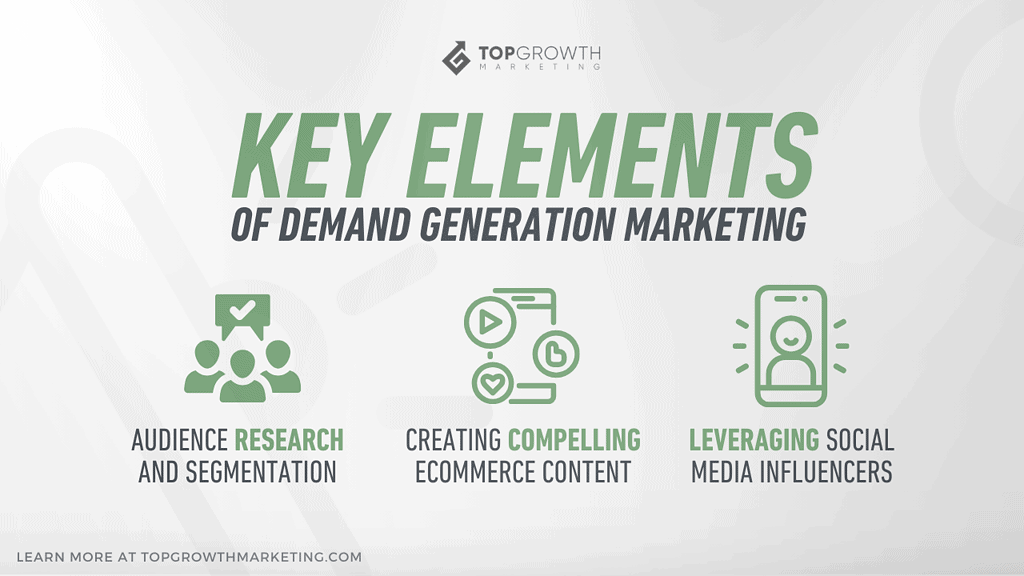
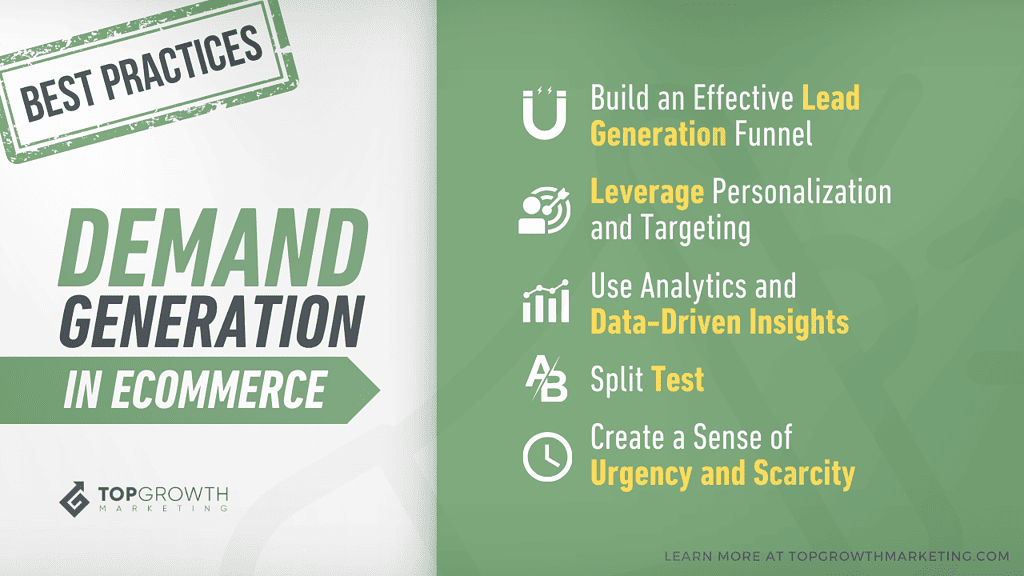
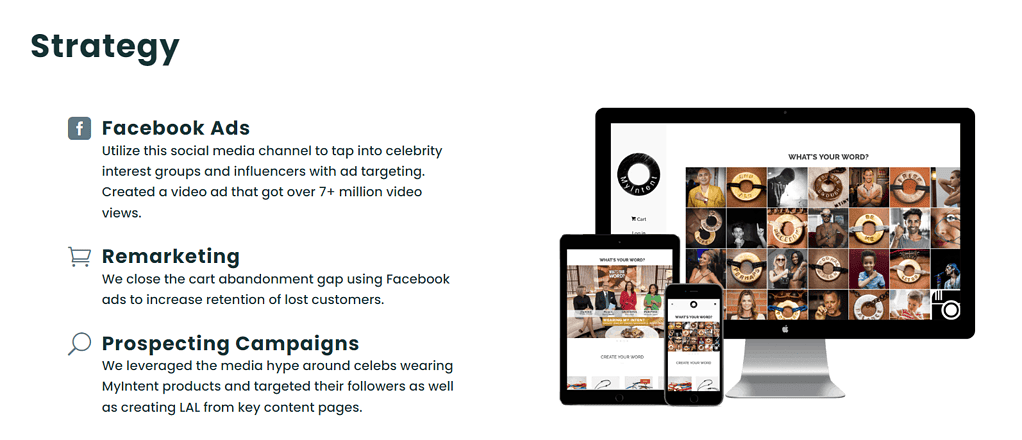

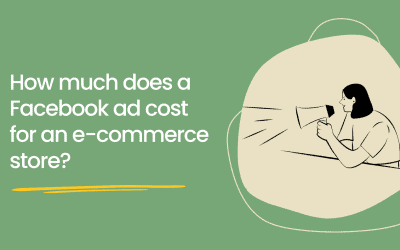
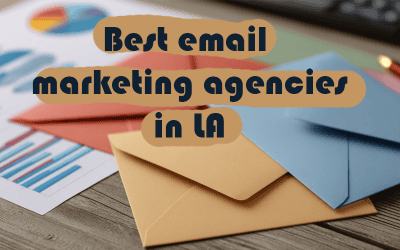

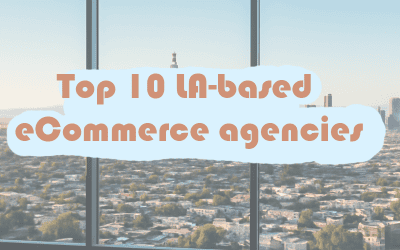
0 Comments